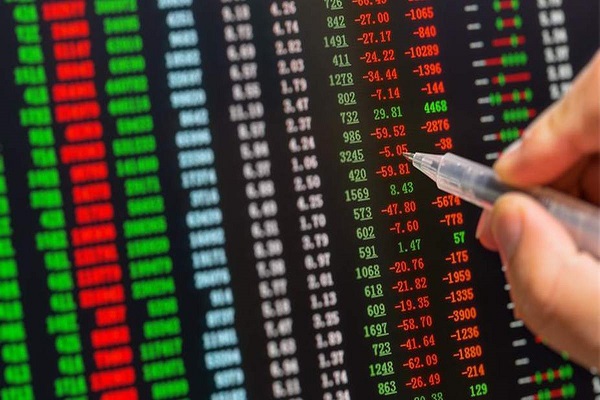
New Delhi: Indian stocks started Friday's trade in the red, extending losses for the third straight session, on concerns of aggressive global monetary policy tightening by various central banks to avert recessionary fears. At 9.26 am, Sensex traded at 59,598.92 points, down 335.09 points or 0.56 per cent, whereas Nifty traded at 17,784.25 points, down 93.15 points or 0.52 per cent.
Among the Nifty 50 companies, 33 declined, 16 advanced and 1 traded steady this morning, National Stock Exchange data showed. Snapping fourth straight session gains, Indian stocks earlier on Wednesday declined sharply because of consistent red-hot consumer inflation in the US and the strong possibility of further rise in interest rates.
Read also: UP Weather Update: Alert issued for heavy rains in Lucknow
Consumer inflation in the US though declined marginally in August to 8.3 per cent from 8.5 per cent in July but is way above the 2 per cent goal. Several senior officials in the US central bank Federal Reserve recently said that another interest rate hike is imminent during the two-day monetary policy meeting that will start on September 20.
Moreover, global rating agency Fitch Rating on Thursday forecast that the US will suffer a "mild" recession in mid-2023. In the US, economic growth is seen at 1.7 per cent in 2022 and 0.5 per cent in 2023, revised down by 1.2 percentage points and 1 percentage point, respectively.
In the backdrop of high inflation, central banks such as the US Fed, Bank of England (BOE) and ECB turned more hawkish in recent months and policy rates were increased much more rapidly than expected.
Read also: Ex-bureaucrats write to EC, seek de-recognition of AAP
The rating agency said the US Fed is now expected to take rates to 4 per cent by year-end and hold them there through 2023; the ECB refinancing rate is expected to rise to 2 per cent by December, and the BOE Bank Rate is forecast to reach 3.25 per cent by February 2023.
Raising interest rates is a monetary policy instrument that typically helps suppress demand in the economy, thereby helping the inflation rate decline. (ANI)







